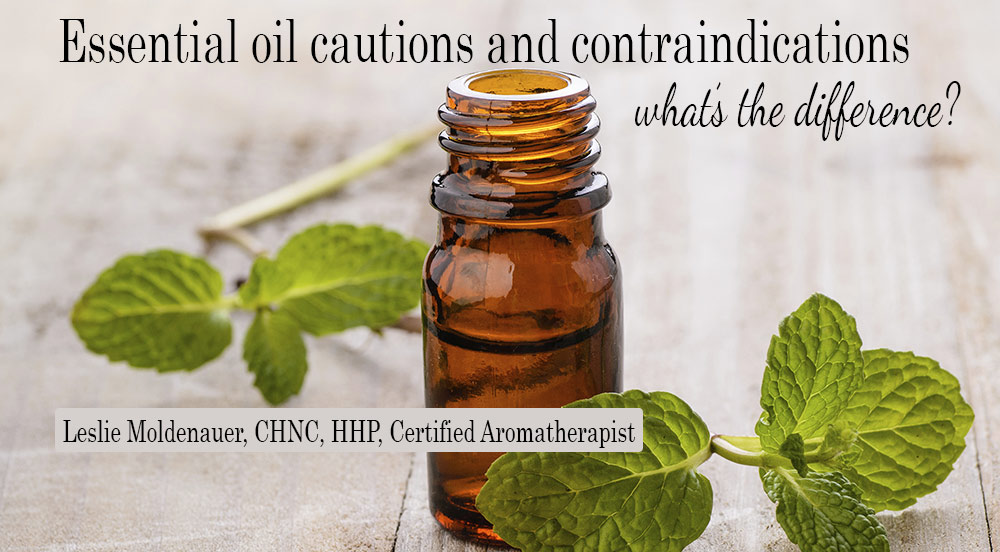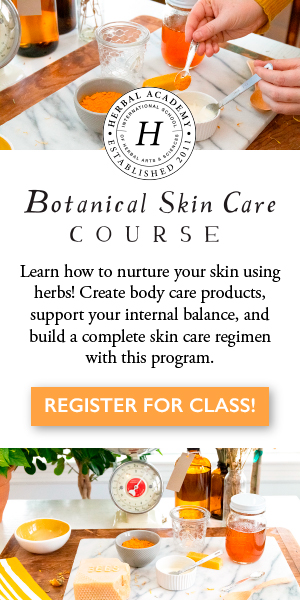Essential Oil Safety-Cautions and Contraindications. This post is in response to a need/request from a poll in my Facebook group “Real Essential Oil Education Group”. The members asked for clarification about the differences between essential oil cautions and contraindications.
I had received an email back in April of 2017, asking me to state what I thought a caution and a contraindication meant in the aroma world.
He wanted to know what I thought the differences were. I am not sure if he thought I did not know (chuckle) or if he wanted to be sure I did. Those two things may seem similar, but I assure you at the moment they were very different considering the nature of the inquiry. This was my exact response, copy and paste from my response to him:
“Of course, happy to share my thoughts….
A contraindication is a situation, which makes a particular essential oil absolutely inadvisable. Of course, we know in “most”, but not all cases these contraindications are indicated via the oral pathway.
A caution or precaution is relating to an action taken to protect against possible harm/adverse effect if you will, in this case, avoid dermally under age two. In my practice, these would be more of a case-by-case basis, as sometimes the benefit does outweigh the risk. But this is not something I teach or share online for obvious reasons.
I would hope this is how most in the field understand it, but I am being generous. A quick Google search (my favorite) shows these two terms more often than not are interchangeable”.
This is the beginning of the issue I am afraid. Good Ol’ Dr. Google. A pervasive problem in so many areas, I actually wrote a blog specifically on that topic. But I digress.
When looking up the differences between a caution and a contraindication, even Google seems rather confused (said jokingly), people are confused. So, I thought I would go over it just a bit for you today.
These two terms should not be used interchangeably when it comes to essential oils just as much as herbs or pharmaceuticals.
*All examples below are from the book, Essential Oil Safety 2e written by Robert Tisserand and Rodney Young. (Get your copy here). None of the cautions or contraindications listed within is my own finding. My goal to close the gap on the many misunderstandings.
The book states that cautions are:
“potential hazards that do not warrant contraindications, either because the evidence is flimsy of because the hazard is not especially worrying”[1].
Cautions
Hypersensitive skin
Under age 2
Old/Oxidized oils should be avoided
(oral) Drugs metabolized by a particular cytochrome P450 pathway
(oral) Pregnancy
(oral) Specific medication
(oral) Peptic ulcer
(oral) GERD
(oral) Major surgery
This is not an all-inclusive list, but there are a few things to point out.
If this is a listed caution, it is ‘possible’ that there could be an issue when used in this manner.
- For example, you could utilize an essential oil that is listed as a caution under the age of 2, like lemongrass (Cymbopogon flexuosus), for example. Is it off limits? No. Should we be educated and know the risk, and work to minimize risk? Absolutely.
- Another example would be (oral) GERD, as is the case with Peppermint (Mentha piperita) essential oil. Can you take peppermint in this manner? You can. Is there an increased likelihood to have gastroesophageal irritation and heartburn from it? There is. But, if taken responsibly, such as in an enteric coated capsule over something not recommended like dropping peppermint essential oil in water and drinking it, will go a long way in reducing the risk from said caution.
- Old/oxidized oils should be avoided. It can be challenging to determine if an essential oil has oxidized. If you apply an oxidized essential oil properly diluted to the skin, you ‘may’ have a reaction…and you may not. This is not a statement to encourage you to do this, it is just stating that it should be avoided if at all possible to eliminate the risk from said caution.If we can eliminate risk, we should right? But, reality check…..in aromatherapy, there is a risk. Some small, some not so small….and it is an aromatherapists job to first and foremost be able to analyze any risk…and look for ways to lower it. Eliminating it all together is in many cases not possible. Now let’s look at contraindications.
The book further states that contraindications are:
“When the oil should be avoided. The method of administration is also stated. Oral contraindications apply to the oral of administration of essential oils as used in aromatic medicine. Oral contraindications do not apply to the use of essential oils and any other context, such as in foods, fragrances, personal care products or by inhalation” [2].
Contraindications
(all routes) Do not apply on or near the face of infants or children
(all routes) Anticoagulant medication
(all routes) Pregnancy
(all routes) Children
(all routes) Estrogen-dependent cancers
(oral) Cholestasis
- The first example here with contraindications is a popular one, and that is an essential oil high in 1,8 cineole should be avoided (is contraindicated) on or near the face of infants and children. This does not mean no, never, it means never near the face. Responsible diffusion may be perfectly ok.
- Pregnancy contraindications, when listed as (all routes). The benefit does not outweigh the risk, it should be avoided for all routes of application: topical, inhalation, or oral, period.
A couple of important points to remember:
*If a contraindication states (oral) in the book, this does not mean that the oil needs to be avoided topically or via inhalation.
*Remember, cautions are a ‘potential chance’ of an issue. There are many essential oils that are cautioned under the age of 2 dermally/topically. This does not then mean it cannot be inhaled.
Some may see this information as cut and dry, while others still need further clarification. There is nothing wrong with being overly cautious, and many professionals are. We all come to the table with varying levels of experience so this is expected.
If I ever find myself in a position where I am taking a caution a step further than Tisserands recommends I typically say “The research states X, but in your situation, I am not comfortable making that recommendation because of Y”. I try to always stay true to what we do know, not make my own rules, but I am willing to step outside of the box when my education and experience tells me the situation warrants it.
I am a stickler about using the verbiage above in order to not cause confusion on what we do know about cautions, contraindication, and hazards….and explain things as thoroughly as I can.
I hope that this helps to clear up any possible confusion that a ‘caution’ often brings up. If you need further clarification, I invite you to reach out to me in the group (request to join), or simply email me at Lifeholistically@gmail.com
References
[1] [2] Tisserand, R., Young, R., & Williamson, E. M. (2014). Essential oil safety: A guide for health care professionals. Edinburgh: Churchill Livingstone/Elsevier.
Like so many practices in life, I encourage you to become educated on the proper use of essential oils. When using them, please do so cautiously, understanding that there is often misinformation on the internet. You can be assured that I support only educated and proven resources. While essential oils should not be feared they should be respected and used properly to ensure the safety of the individuals using them.
Please note that I am not a medical practitioner. The content of this website is provided for general informational purposes only and is not intended as, nor should it be considered a substitute for, professional medical advice. Do not use the information on this website for diagnosing or treating any medical or health condition. If you have or suspect you have a medical problem, promptly contact your professional healthcare provider. By using this website, you assume full responsibility and liability for your own actions.




